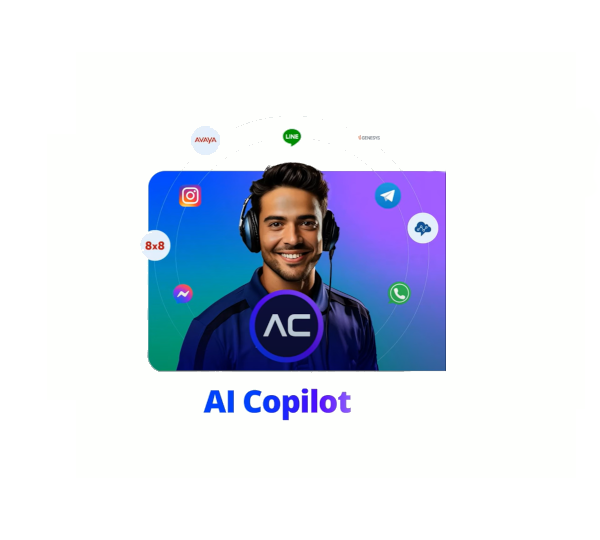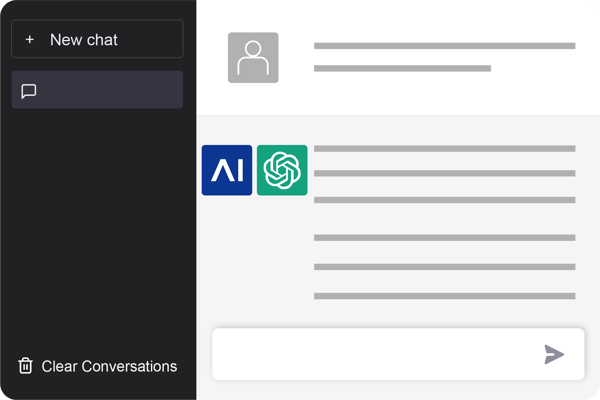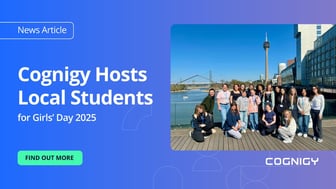Chatbots are omni-present these days, conversing with their human users on Facebook Messenger, mobile messengers such as WeChat, websites, apps and even TVs. The more advanced bots are using NLP (natural language processing) and other cognitive technologies to provide a human-like conversational experience.
Since messenger use is on the rise globally and users nowadays prefer to send messages rather than converse on the phone or through apps[1], we can only see the trend of chatbots continuing, especially as they get better and better at understanding the meaning behind their users’ words and delivering precise answers to the user’s enquiry.
What a chatbot ultimately does is to comprehend the users’ input and then formulate a (hopefully) smart answer to send back to the user. In order to find that answer, the chatbot can clarify the intent behind the user’s words and ask for missing information if necessary. Once all the required information has been collected, the chatbot then uses this information to find the best possible answer!
In many cases, chatbots will – after collecting the necessary input parameters from the user – trigger a regular search engine (such as Coveo, Elastic Search, Google Search or Azure Search) in the background to retrieve the information requested. This is done by sending a request to the search engine API, retrieving the answer back and formatting it for the user. The user can then refine their search by adding more parameters as needed.
An example would be a real estate search:
- A user is looking for an apartment to buy and starts talking to the bot of a real estate firm on Facebook
- The bot guides the user through the required parameters, asking for zip code, maximum price, minimum square meters and so on
- After the bot has gathered the required information, the bot triggers the search in an existing database, returning the first results to the user
- The user then says “I definitely need a balcony and water view”, which the bot processes and delivers refined results back
- When the user selects a property, the bot opens the property website, where the user can get more details
So in a way, chatbots are the natural next step for search, whether that is on a website, an app or an intranet. The user can specify much more exact information than they could in a single search text field and thus the results the user receives will be of much higher quality.
[1] https://www.forbes.com/sites/blakemorgan/2017/03/21/how-chatbots-will-transform-customer-experience-an-infographic/


.png?width=60&height=60&name=AI%20Copilot%20logo%20(mega%20menu).png)




.png?width=600&height=600&name=Knowledge%20AI%20Feature%20image%20(2).png)













